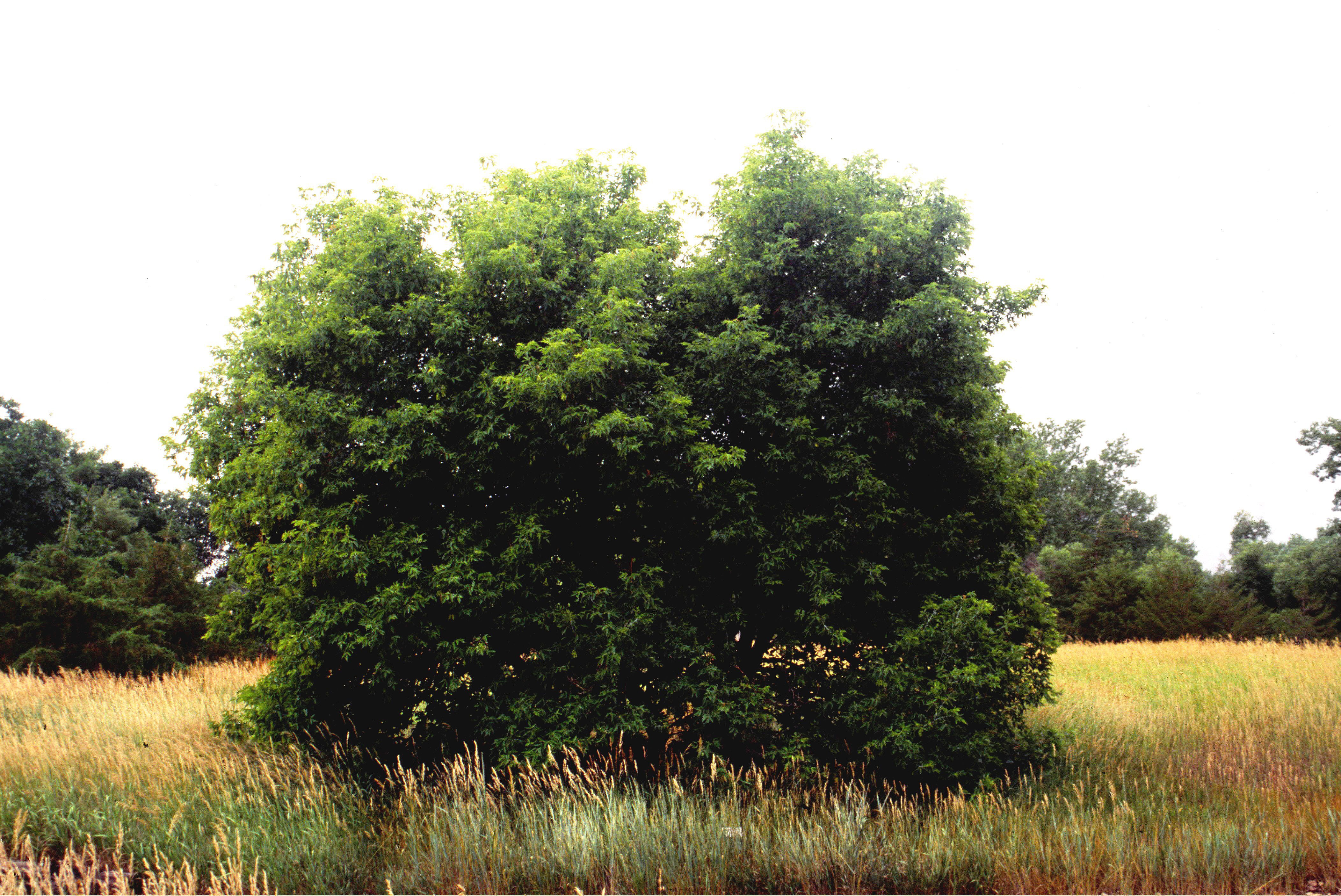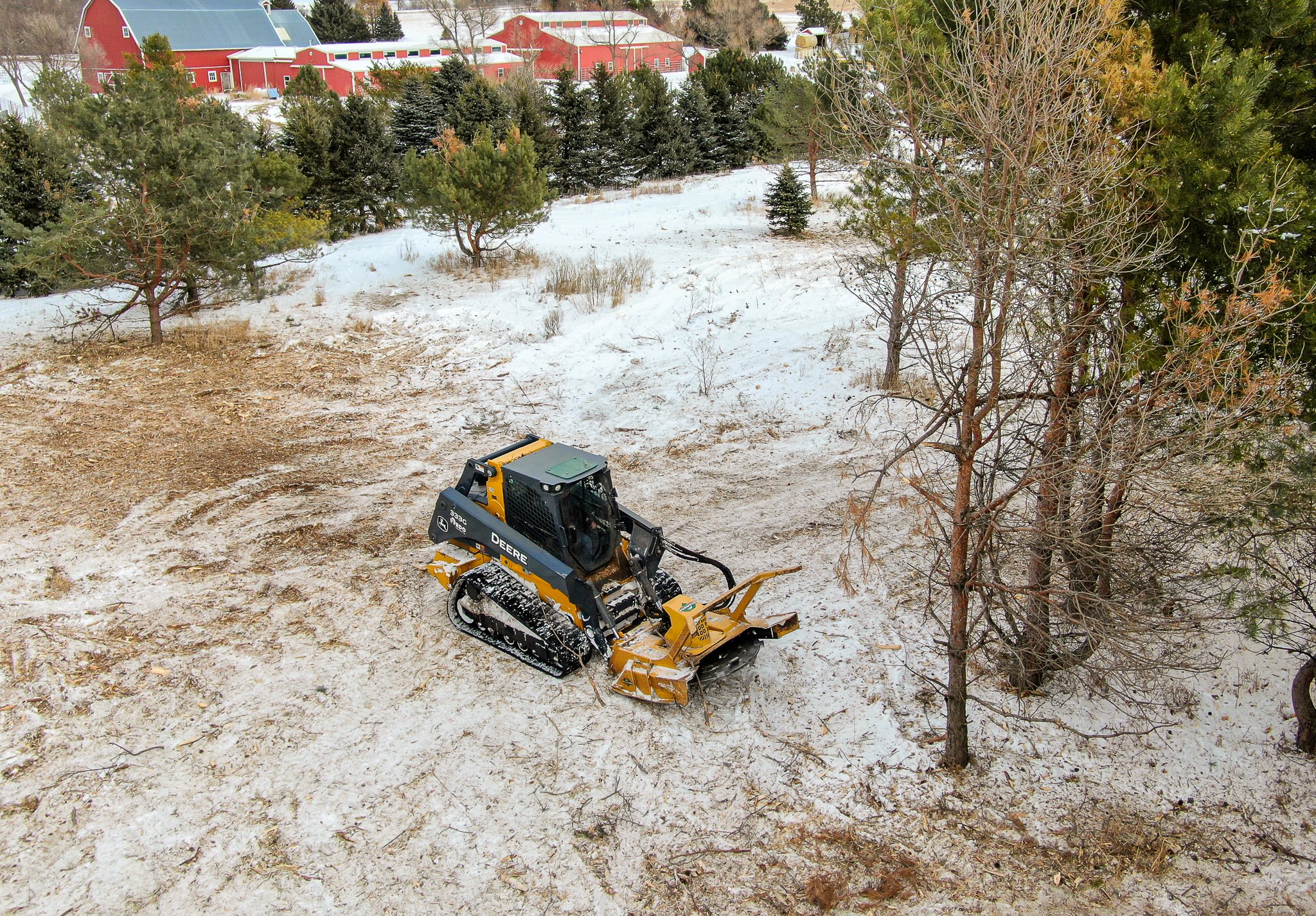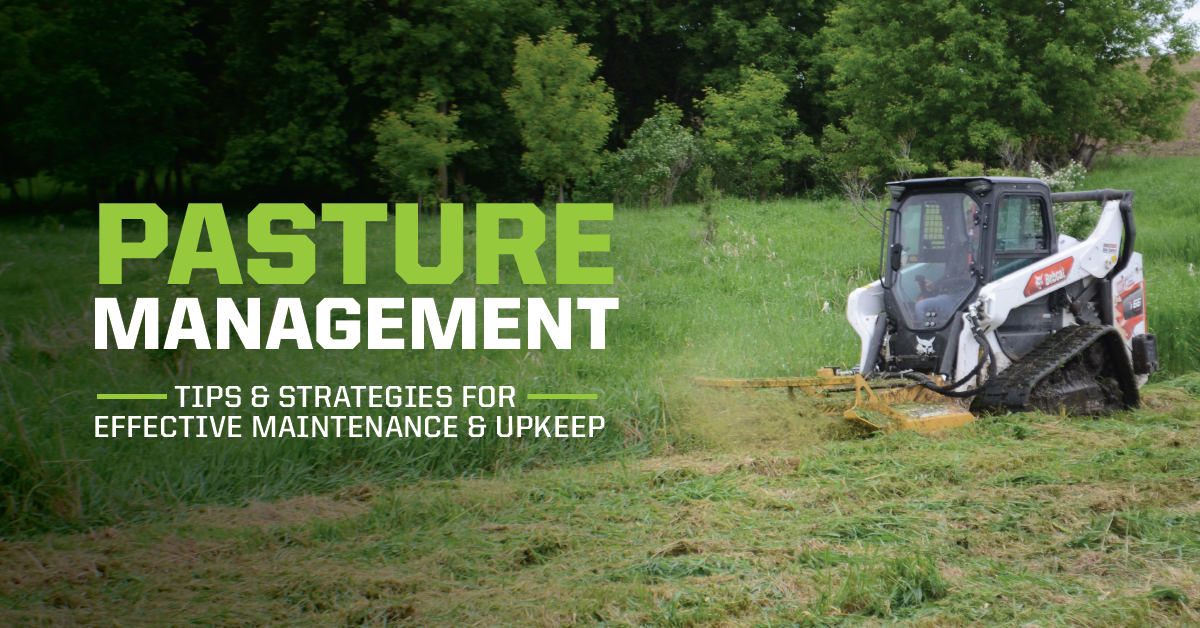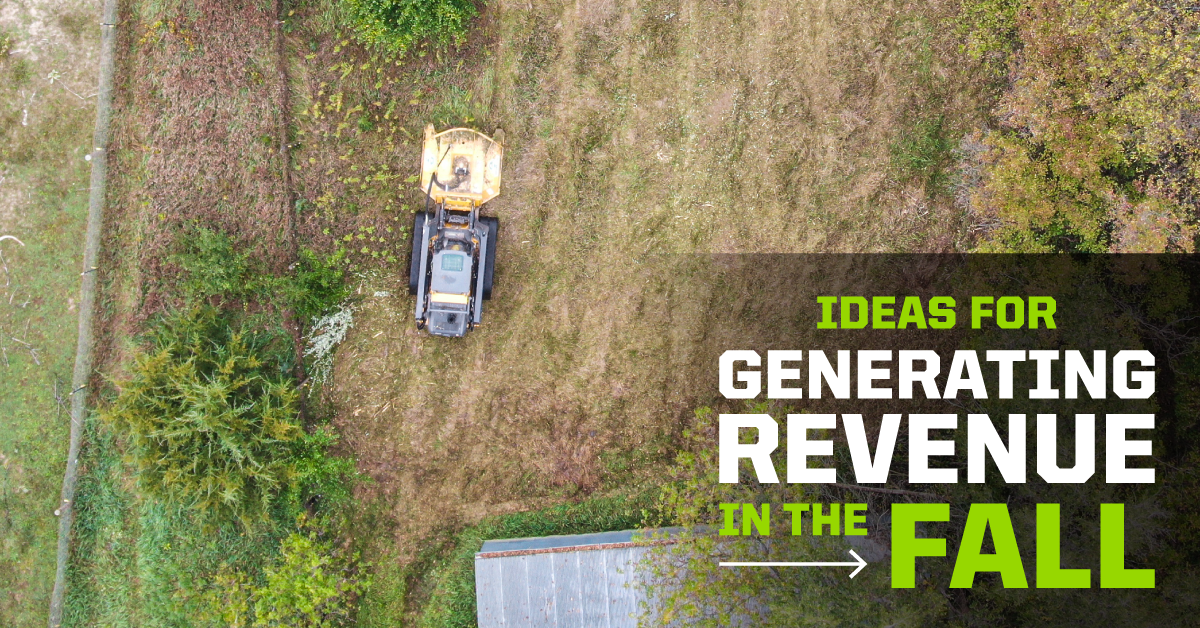Invasive Boxelder Tree
Mar 29, 2021 . 4 min read
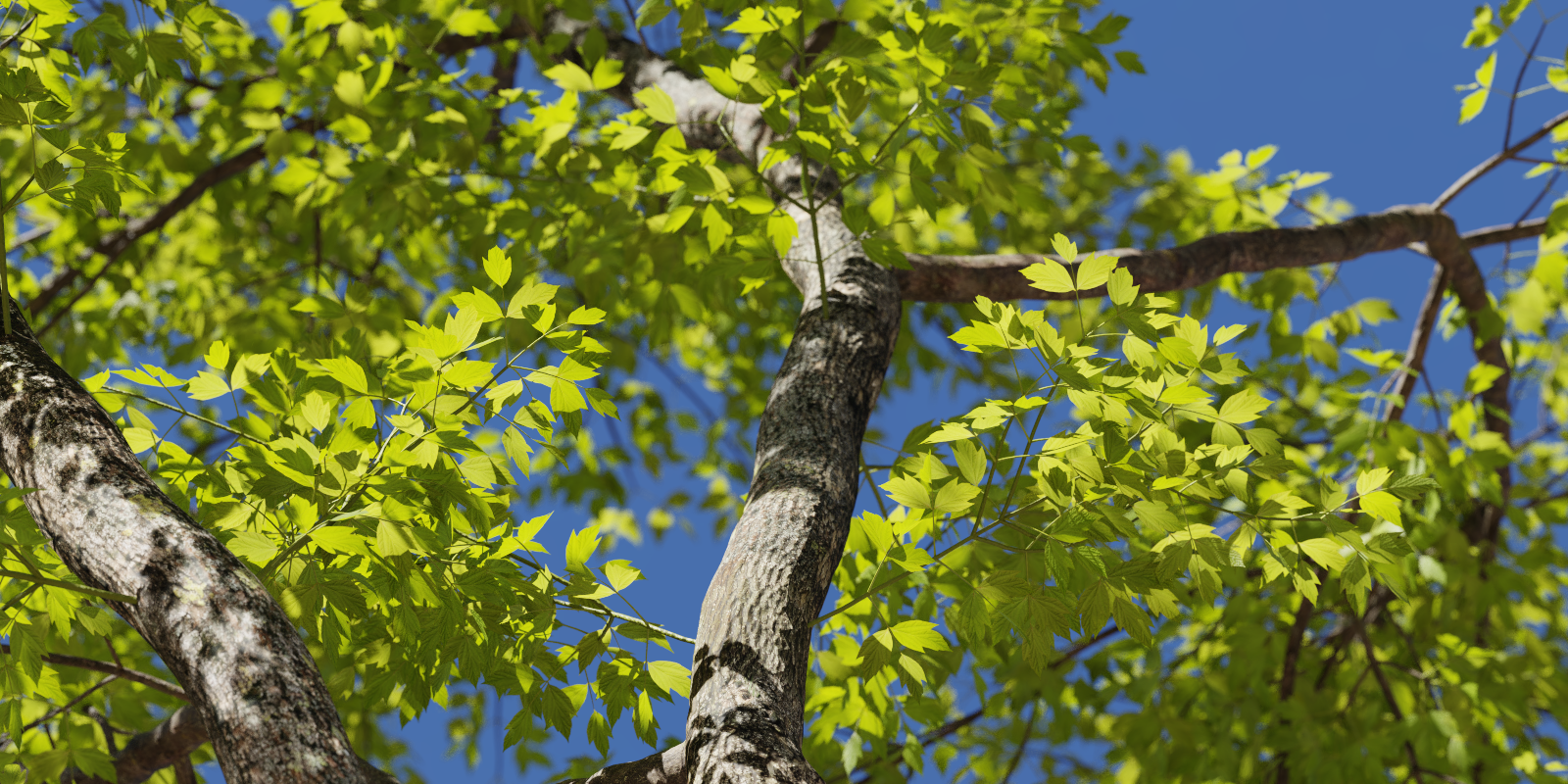
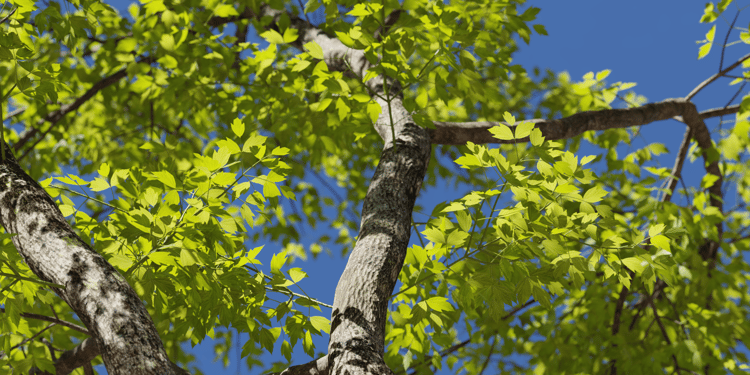
The Boxelder is an adaptable, easy-to-grow maple tree native to North America. Boxelder trees have brittle, weak wood and typically grow near water or river banks.
Known by a dozen or more aliases, including river maple, sugar ash, maple ash, California maple, ash-leaf maple, and Manitoba maple, boxelders spread quickly, grow fast, and are highly prone to breakage.
Boxelder maple trees grow almost everywhere, though they thrive in wet bottomlands. These trees are known to grow fast, with a growth spurt usually occurring in the first 15 or 20 years before the tree slows down for another 75 years. A mature boxelder tree may reach a maximum height of 65 feet.
While these trees help stabilize stream banks and shelter wildlife, they are considered a type of weed in urban areas. Some states even go as far as to consider the boxelder maple an invasive species.
What Does a Boxelder Tree Look Like?
Boxelder tree identification is simple if you know what to look for. These trees look unusual for the maple genus, featuring ash-colored compound leaves, roundish buds, and thick twigs that morph from powder blue to purplish-green throughout the seasons.
The boxelder maple tree has lumber that's distinctly lighter, weaker, and softer than most other maples. It also has a brown bark trunk and, when wet, gives off a foul, unusual smell.
Other distinctive characteristics of boxelder trees include:
- Winged "helicopter" seeds: Carried by the female tree are seeds enclosed in winged samara fruits. The samaras hang in clusters of pairs, with each pair resembling a mini-propeller.
- Flowers: Appearing before or at the same time as new leaves in spring. The appearance of the flowers are what distinguish male vs. female boxelder trees.
- Compound leaves: Consist of several different parts, or leaflets, joined to a single stem — these groupings of three or five leaves bear an uncanny resemblance to poison ivy
- Soft wood: Soft and lighter than typical maple, with streaks of red
- Saplings: Young saplings and seedlings have vibrant green stems, setting them apart from other maples. They also have leaf scars or marks left by the leaves after they fall off the twig. These marks wrap around the stem.
Photo Credit: https://nfs.unl.edu/images/wood-plant/summer_4.JPG
Female Versus Male Boxelder Trees
Male and female boxelder trees are identified based on their flowers.
Male flowers droop downward and resemble wispy green-colored tassels. Individual male flowers have light brown stamens and occur in clumps along the branches.
Female flowers bloom at the same time as male flowers, with lime-green pistils being their most prominent feature. Clusters of them appear on stalk-like, drooping structures.
Only female trees produce samara fruits, and their blossoms become bright green when pollinated. Samara fruits, also called helicopters, have distinctive, V-shaped winged seeds measuring approximately 1.5 inches long. When the tree drops its fruit because of its propeller shape, these wings allow the boxelder's seeds to travel a considerable distance from the parent tree, contributing to the species' rapid spread.
Female boxelder trees are more attractive to boxelder bugs — 1/2-inch-long pests that are either black or red and have thin lines on their backs. While these bugs aren't necessarily a nuisance to the boxelder tree, they tend to invade nearby homes, searching for warmth during the winter.
A Case for the Boxelder Tree
In many ways, you can make a case for the boxelder not being all that bad. Is the boxelder tree good? We wouldn't go as far as to claim the tree is great to have around, but it does provide some benefits, especially for wildlife:- The boxelder is great for pollinators since its flowers bloom early.
- This tree is fantastic for preventing erosion near waterways in that it grows very well — and quickly — near streams and in wet soils.
- These maples lower their limbs with ease, which in turn provides shelter for small animals on the ground.
- When a tree's top branches fall, a cavity will form and provide a habitat for species such as woodpeckers, chickadees, titmice, opossums, foxes, raccoons, and other wildlife.
Why Get Rid of the Boxelder Tree?
While this tree may provide a haven for many wildlife species, there are many reasons why you would want to get rid of boxelders on your property if you own or manage a large piece of land.
Along with being considered unattractive, boxelder trees:
- Have weak wood: Because it takes relatively light winds to make these trees split or drop their limbs, they tend to be a landscape maintenance nightmare.
- Are considered an aggressive tree: These trees germinate easily, meaning they will quickly vegetate if already present. When the boxelder's winged seeds drop, they disperse quickly and take root with ease, leading to its reputation as an invasive "weed tree."
How to Get Rid of the Boxelder Tree
The most effective way to eliminate boxelder trees is to cut them down to a stump using a mulcher or similar machine before treating the stump with chemicals.
Starting with mechanical removal is most efficient for managing boxelder tree overgrowth. Eradicating boxelder through automated means requires mulching or chopping trees down as close to ground level as possible, extricating saplings by hand, and mowing any visible root sprouts. Mulching using a drum or disc mulcher is a fast and effective method for taking on boxelders. Once the trees are mulched, you can then use a stump grinder to remove the remaining stump.
It can be challenging to eradicate boxelders using mechanical methods alone. Applying a herbicide or other chemicals to the stumps can help eliminate invasive boxelder trees for good. If eliminating a mature boxelder is the goal, a commercial herbicide is inserted into holes cut in the trunk or applied to the wood exposed after frilling or girdling.
An oil-soluble herbicide spray is generally used to deaden relatively young trees. These herbicides are applied to the bark at the boxelder tree's base and can also be used on cut stumps to prevent regrowth.
A Diamond Mowers customer has successfully used the Diamond Forestry Disc Mulcher to remove numerous invasive trees, including the boxelder, thorn bush, Russian olive, bittersweet vine, Chinese elm, and other problematic species. For this customer, mechanical removal combined with chemical spray proved to be an effective vegetation management solution for their family land.
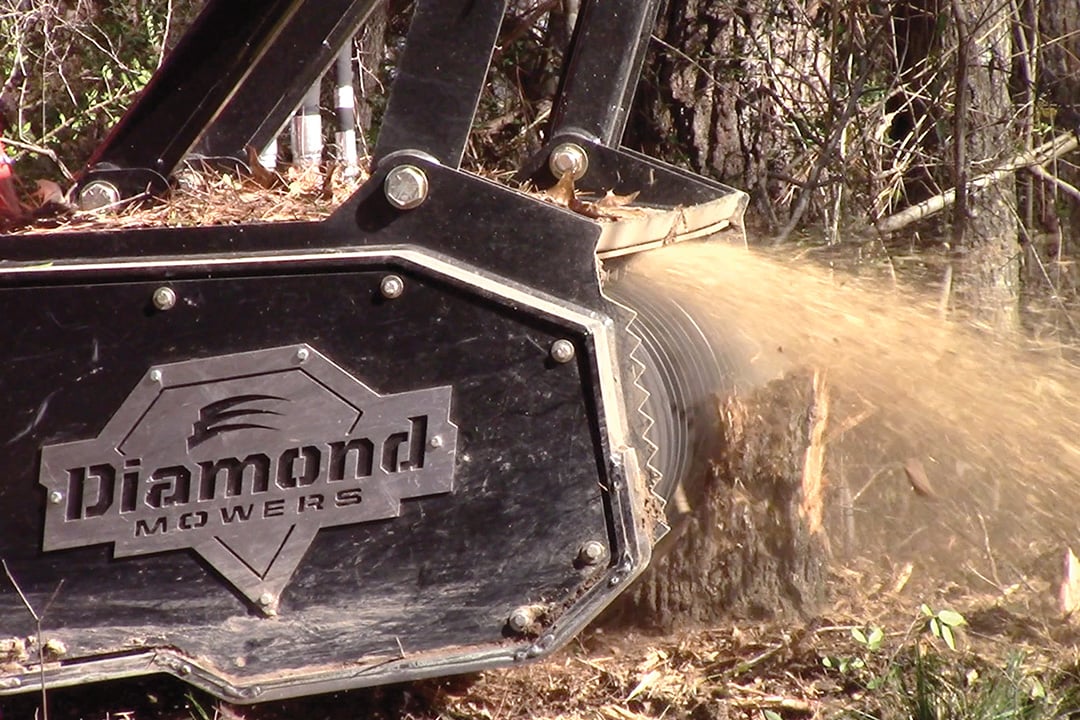
Start Removing Boxelders on Your Property with a Reliable Diamond Mowers Attachment
Diamond Mowers offers a range of attachments for skid-steers, tractors, and excavators that would be able to tackle boxelder maple tree overgrowth.
Contact us or find a dealer near you to learn more about which attachment may be right for your property.

